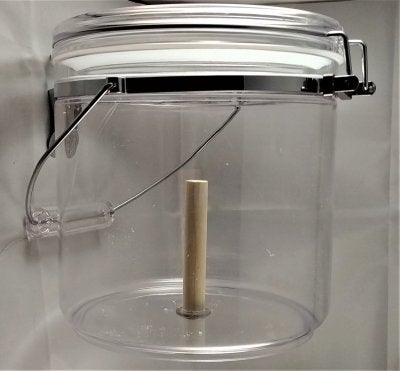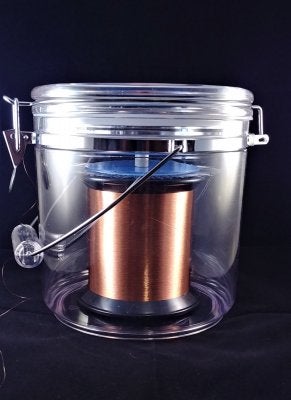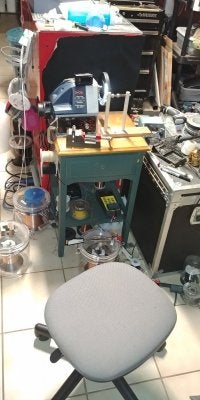Missing Link
Tele-Holic
Okay today as most of are at home looking for things to do I decided to re-wind an old non working telecaster neck pickup with some 43 AWG wire. All set up on my wife old sewing machine and when I start I go slow and after about 12 -13 turns as the counter shows it snaps off.
I have watched a crap load of video's on this subject but not one ever says what they do with the roll of wire they are using.
I know it is a tension problem and its coming from the roll of wire that is on a shaft holding it horizontally to the work. It seems to turn freely but as said it will snap off about 11 turns.
Any suggestions on how to feed the wire off the spool smoothly?
Stay safe.
Cheers
I have watched a crap load of video's on this subject but not one ever says what they do with the roll of wire they are using.
I know it is a tension problem and its coming from the roll of wire that is on a shaft holding it horizontally to the work. It seems to turn freely but as said it will snap off about 11 turns.
Any suggestions on how to feed the wire off the spool smoothly?
Stay safe.
Cheers






